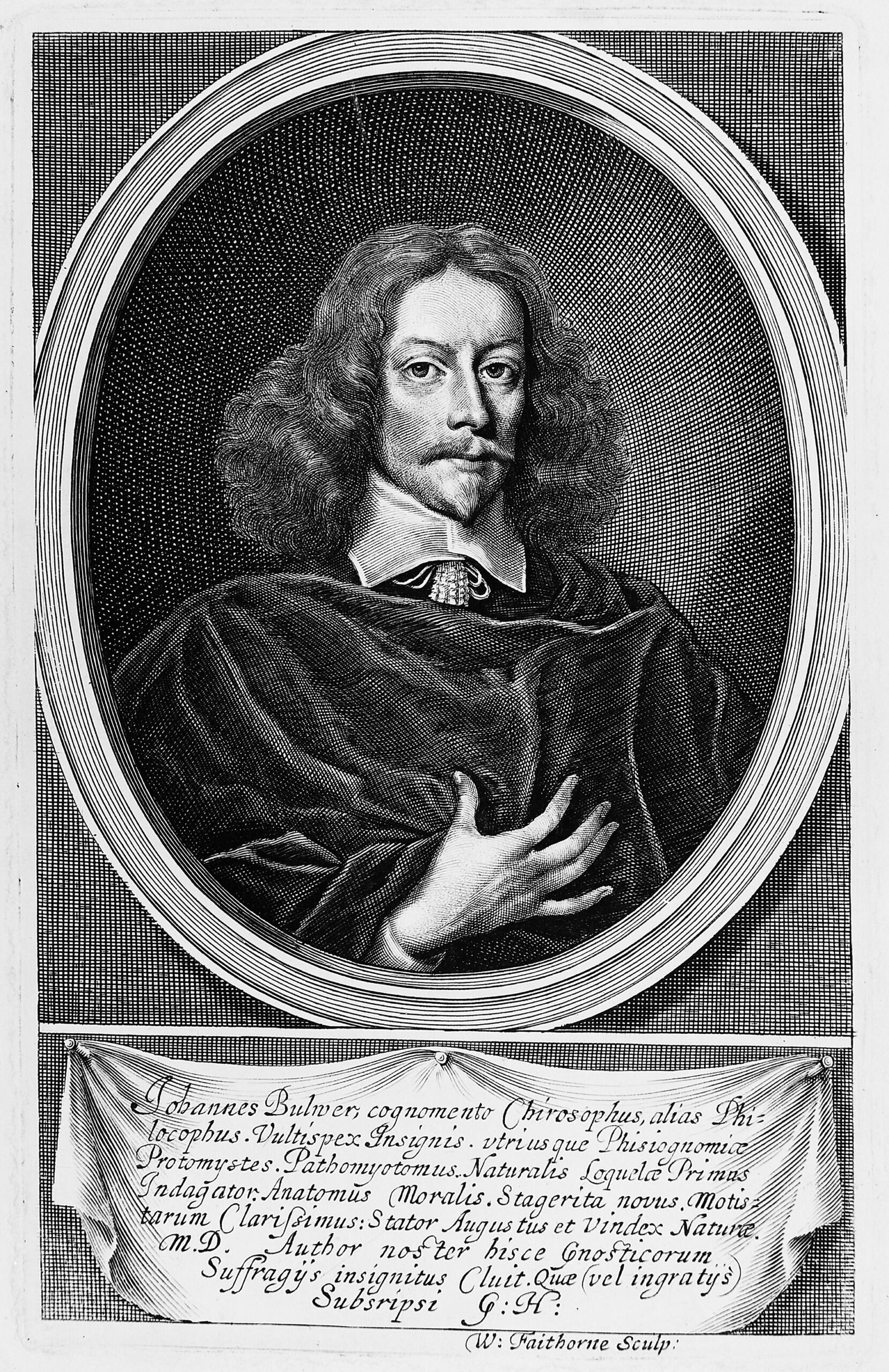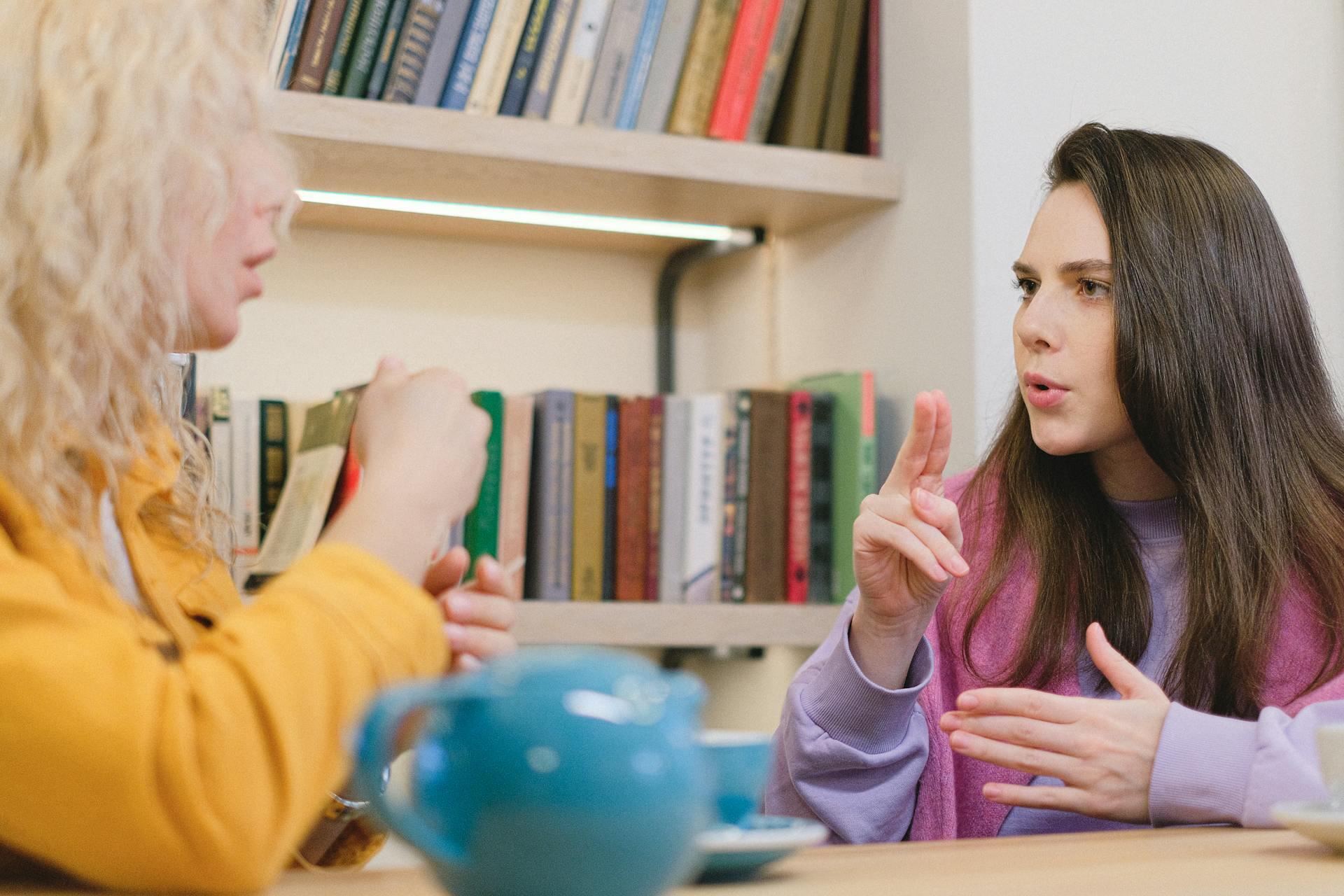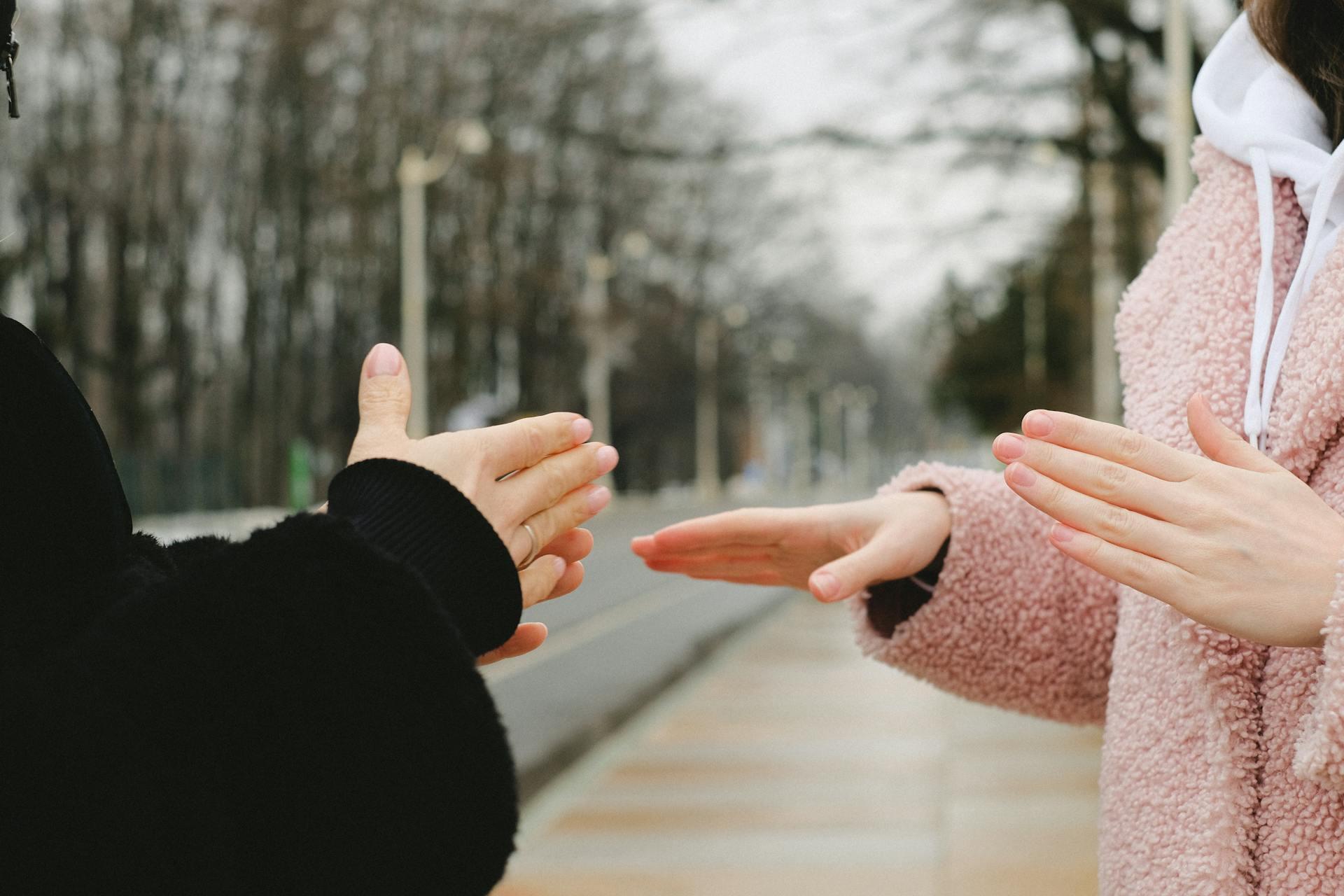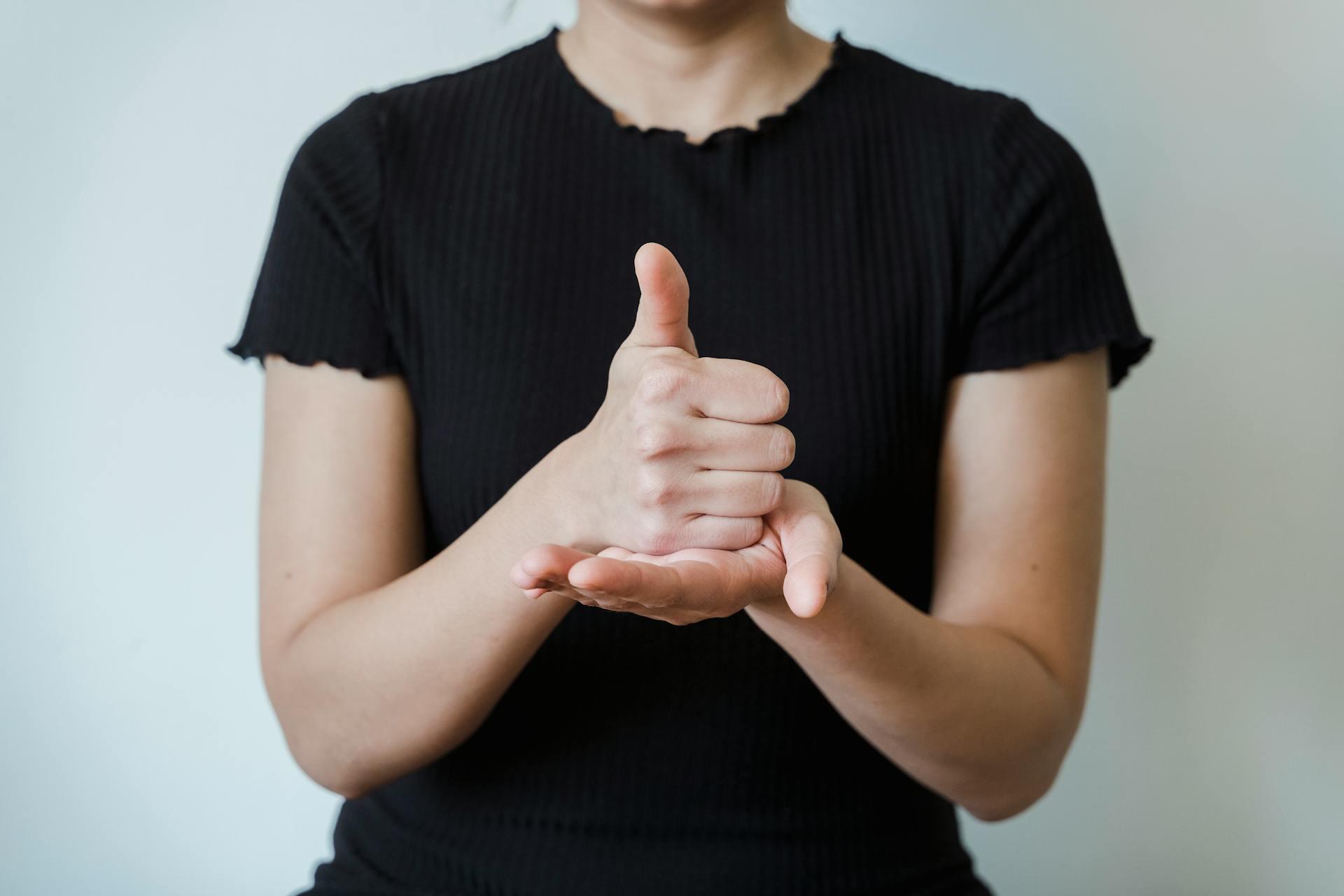British Sign Language (BSL) is the preferred language of tens of thousands of Deaf adults in the UK and beyond. It stands as a full language with its own grammar vocabulary and regional dialects. From its early roots to modern recognition by law BSL is woven into education culture and civic life. Keep reading as we explore the history of BSL, its grammar and structure, and how you can learn this language with Superprof!
British Sign Language is not just about communication. It is about identity, community and equality.
British Deaf Association, as cited in their campaign materials during the push for BSL legal recognition

History of BSL: What is British Sign Language?
Are you looking to learn sign language? BSL has deep roots in the UK’s Deaf community. Sign use among Deaf people in England stretches back several centuries with informal records appearing in the 15th century. By the 17th century early education interest came from figures like John Bulwer who advocated education for Deaf people and studied gesture and sign communication.

In the late 19th and early 20th centuries Deaf theater performances in BSL appeared. Starting with Shakespeare in Manchester in 1865 and later productions like Hamlet in 1886, theater became a venue for BSL expression. Official recognition of BSL gained pace in the 1990s thanks to scholars like Professor Bencie Woll who became the UK’s first Professor of Sign Language and Deaf Studies in 1995. Landmark research such as The Linguistics of British Sign Language (1995) established BSL as a distinct language worthy of academic and social respect.
These efforts influenced advocacy. Arthur Verney as Secretary of the British Deaf Association in the 1980s played a key role in the fight for recognition of BSL as a legitimate language. The movement culminated in the British Sign Language Act 2022 which legally recognizes BSL across England Scotland and Wales and charges the government with promoting it.
What is British Sign Language and when was it invented?
📖 1400s
Early informal records of sign use among Deaf people in England
📚 1600s
John Bulwer promotes Deaf education and studies gesture-based communication
🎭 1865
First recorded BSL theater performance: Shakespeare in Manchester
🎭 1886
BSL used in a Hamlet performance, showing growth in Deaf theater
🧏♂️ 1980s
Arthur Verney and the British Deaf Association campaign for official recognition
🎓 1995
Professor Bencie Woll appointed UK's first Sign Language professor
📘 1995
The Linguistics of British Sign Language confirms BSL as a full language
📜 2022
British Sign Language Act legally recognizes BSL in England Scotland and Wales
Have you ever heard of Australian Sign Language? Learn about it in this article!
Structure and Grammar of BSL
Structure and grammar is also important in sign language (it is also very different than spoken English)! BSL relies on visual grammar. Like ASL it uses:
- Manual alphabet: Two-handed fingerspelling system
- Spatial grammar: Meaning is formed through where and how signs occur in space
- Non-manual features: Facial expressions eyebrow movement head tilt and body language are integral for questions emotions and nuances
British Sign Language (BSL) uses a two-handed alphabet, unlike American Sign Language (ASL), which uses just one hand! Even fingerspelling looks completely different between the two!
Although rooted in the British Deaf culture, BSL shows variation between regions including Scotland, Northern Ireland, the Midlands, and London. Even the sign for a town like Manchester or Derby reflects regional identity. BSL belongs to the BANZSL family which includes Auslan (Australia) and NZSL (New Zealand) due to shared historical origin and structure. It remains entirely different from ASL. Even the fingerspelling technique differs due to BSL's two hands versus ASL's single hand.
Here's a short tutorial on YouTube!
Are you also curious to learn more about ASL?
Where BSL Is Used in the World?
BSL is the first language for an estimated 77,000 Deaf people in the UK with around 250,000 second language users including hearing family members friends and interpreters. Nearly 22,000 people used BSL as their primary home language in Scotland in 2011. The language is present in multiple social spheres:
- Education: Approximately 22 to 25 specialist Deaf schools exist. Many mainstream schools offer BSL support
- Theater and arts: Deaf theater flourished in the 19th century. Groups like Deafinitely Theatre continue today blending BSL and spoken English
- Public services: Courts hospitals and government materials increasingly provide BSL interpreters. This is solidified under the British Sign Language Act
- Media and digital content: BSL content has grown on YouTube TikTok and TV with accessible programming featuring sign

British Sign Language (BSL) vs American Sign Language (ASL)
British Sign Language and American Sign Language are two separate languages. They are used in countries that speak English, but have completely different roots and systems. ASL developed in the United States with strong influence from French Sign Language, whereas, BSL was developed in the United Kingdom from local sign systems and Deaf communities over time.

One key difference is the alphabet. BSL uses a two-handed fingerspelling method and ASL uses one hand for spelling words. Secondly, the grammar is also different. Sentence structure, sign order and the way meaning is shown through space vary between the two. For example, signs for basic words like “please” or “thank you” are not the same. A person who uses BSL will not automatically understand ASL and vice versa. These are not accents or dialects. They are different languages.

Each language also has its own cultural background. Deaf communities in both countries have different histories and ways of using sign language in education, media, and daily life. Anyone learning either language should know they are not interchangeable.
Choosing to study BSL or ASL means learning a full language with its own structure and role in the local Deaf community. Here is a side by side comparison of ASL vs BSL!
Would you like to learn Irish Sign Language next?
What is British Sign Language: Learning BSL Today
BSL learning is widely available in the UK thanks to both public and private initiatives:
- Formal courses: Universities like City University and UCL offer Deaf Studies and BSL qualifications.
- Tutors and private tuition: Platforms like Superprof list hundreds of BSL tutors offering lessons from $15 per hour. Tutors are often Deaf or experienced professionals and many offer first lessons free.
- Community classes: Deaf clubs and community centers frequently run BSL sessions and conversation groups.
Platforms like Superprof connect learners with sign language tutors and allow students the option of taking their lessons in-person or online. Tutors range from experienced teachers to Deaf professionals who tailor lessons to levels and goals. Sessions may cover signing basics Deaf awareness and exam preparation. Many students find success through personalized lessons that combine structured learning with real-world practice.

Learning BSL with Superprof in the United States
At the end of your learning journey BSL tutors play a big role. Superprof makes it easy to find them:
- Hundreds of tutors: Many list their experience qualifications and hourly rate
- Flexible lessons: Choose online via webcam or in-person sessions depending on your needs
- Tailored approach: Tutors offer introduction classes Deaf awareness training and preparation for BSL certifications
- Free intro sessions: Most tutors offer the first lesson at no cost even for online or in-person
- Progress tracking: Tutors often help set goals from learning basic vocabulary to preparing for formal BSL exams (Levels 1 to 6)
This tailored support helps build real communication skills and cultural understanding!
Why BSL Matters
BSL is a core element of the Deaf community and identity:
- It offers linguistic access to education culture and services
- It supports rights and inclusion. Legal recognition has improved access to public and digital life
- It preserves culture and heritage offering access to performance arts poetry and community events
BSL is not a broken version of English. It is a language created by the UK’s Deaf community with its own rules and cultural foundation. Over the centuries it has withstood suppression grown through schools and theater and gained legal recognition in 2022. Learning BSL is about more than vocabulary, it is about bridging communities and opening access. Whether you are learning basic signs online or exploring Deaf Studies at university understanding BSL expands access to relationships education and justice. Superprof can help make that learning curve personal and sustainable. Get started and take your first sign language lesson today! Are you ready?















